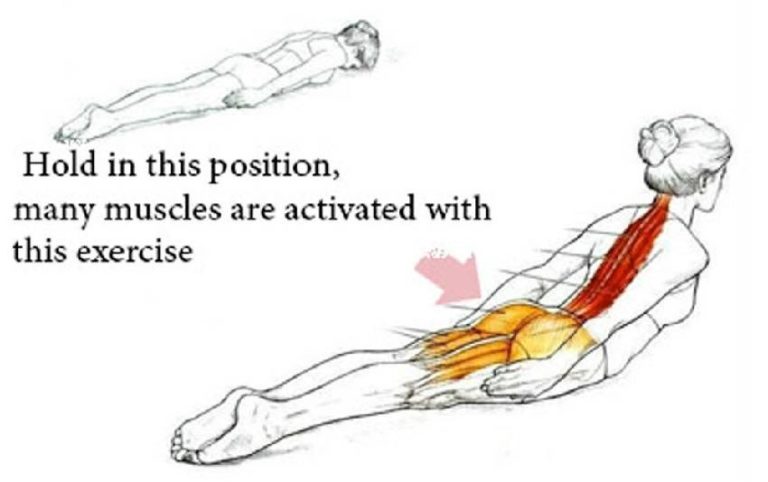Do you dream of a Hollywood smile?
Here are some effective DIY teeth whitening techniques for you to try at home.
How many times have you noticed a person smiling in a magazine, in a TV ad campaign, or even a celebrity on the red carpet and noticed just how white their teeth look?
Sparkling white teeth can completely transform a person’s smile in all the right ways. So, what happens if you want your own teeth to be pearly white, but you have no desire to use harsh chemicals?
In short, there are a few DIY teeth whitening options available without harsh chemicals, which are both safe and effective.
Avoiding Chemicals
Before we even look at the different DIY teeth whitening techniques available, we should briefly examine what the negatives are in using chemicals for whitening your teeth.
First off, it’s best to seek a registered dental professional to perform the whitening process with chemicals because they can cause burns, destroy the enamel on your teeth, and even cause long-term tooth damage.
Mouth-guard methods for bleaching teeth are also dangerous because the guard can slip out of place if not fitted properly resulting in you swallowing the chemicals.
This could result in sickness due to the chemicals upsetting your stomach. In light of these risks, searching for safer techniques has become a high priority for many individuals looking to whiten their teeth.
Non-Chemical DIY Teeth Whitening Techniques
Now that we’ve identified the potential dangers of using chemicals, let’s take a look at some non-chemical DIY teeth whitening techniques. The great part about searching for non-chemical solutions is that there are several proven techniques. This will allow you to choose the best one for your teeth.
1. Baking Soda
This is arguably the most popular non-chemical method that people use for whitening their smile. For the most part, everyone has baking soda in their cupboard or fridge. Additionally, since baking soda is very cheap, it can be a cost-effective method to try out.
There is one caution to be aware of before trying this method. Some professionals claim that over usage of baking soda can damage your teeth. So, make sure to use it in moderation. To start, place the baking soda on your toothbrush and then brush your teeth using gentle motions.
Eventually, the baking soda combines with saliva to create a thick paste. Over time, the baking soda will gently turn your teeth white and remove stains.
2. Hydrogen Peroxide
This is one of the greatest all-purpose items available for personal usage. In fact, our bodies actually produce hydrogen peroxide, which makes it safe to use in proper dosages.
Experts suggest that a very diluted form of peroxide should be used to whiten teeth. The maximum concentration recommended is 1.5 percent. Rather than brushing with the diluted hydrogen peroxide, it’s suggested that you swish the liquid in your mouth before spitting it out into the sink.
If you like, you can even blend peroxide with baking soda to create a paste to brush your teeth with. Some people prefer this over swishing it in their mouths.
Should you choose to use hydrogen peroxide – baking soda paste, make sure to leave it on your teeth for 60 seconds before rinsing it off.
3. Activated Charcoal
Here’s another DIY teeth whitening technique that can bring about some rather impressive results. Activated charcoal isn’t as popular as the other methods, but it does a great job at whitening a smile and removing those stuck-on stains.
The way it works is that you brush it onto your teeth, and it will then bind with the dirt and stains. Activated charcoal absorbs all that nasty discoloration that is on your teeth.
Before trying this method, it’s important to note that this can mess with the remineralization of your saliva if you do it too often. Once again, moderation is highly recommended.
5. Apple Cider Vinegar (ACV)
This common item has all kinds of wonderful uses, especially for your mouth. It can clean your gums and teeth since it has natural antibiotic properties. In fact, ACV can remove those stubborn dark stains that other methods have failed at. By removing these old stains, your teeth will appear whiter.
Make sure that you also use this method in moderation, just like the other non-chemical DIY teeth whitening techniques that we have discussed. Using ACV for a long period of time or too often, can actually destroy tooth enamel.
You have two options for applying ACV:
- Swirl it around like a mouthwash
- Rub directly on your teeth with your finger
Whichever way you choose to apply the apple cider vinegar, let it sit for 60 seconds. Additionally, this technique takes about a month to see results.
Plenty of Non-Chemical Options
With all of these non-chemical DIY teeth whitening options, it might take some experimenting to see which method works best for your teeth. Additionally, it’s safe to combine some of these methods to see if that ends up doing the trick.





You may know or not, teeth have direct relation with your heart. Therefore I would never like to recommend anybody about trying new things on teeth just like this DIY teeth whitening technique. However if FDA approve it then it can indeed be a wonderful technique.
Vinegar is an acid that will remove the enamel from teeth fast. Using vinegar to whiten teeth is a terrible idea, unless a dentist suggests it to make sure you need his help next month because your teeth are now and full of acid caused pits from the vinegar.
I agree that teeth have a direct relationship with the heart and I would also not use any technique on my teeth such as vinegar. However, I feel like natural remedies such as activated charcoal are pretty save and also work very well to whiten teeth.